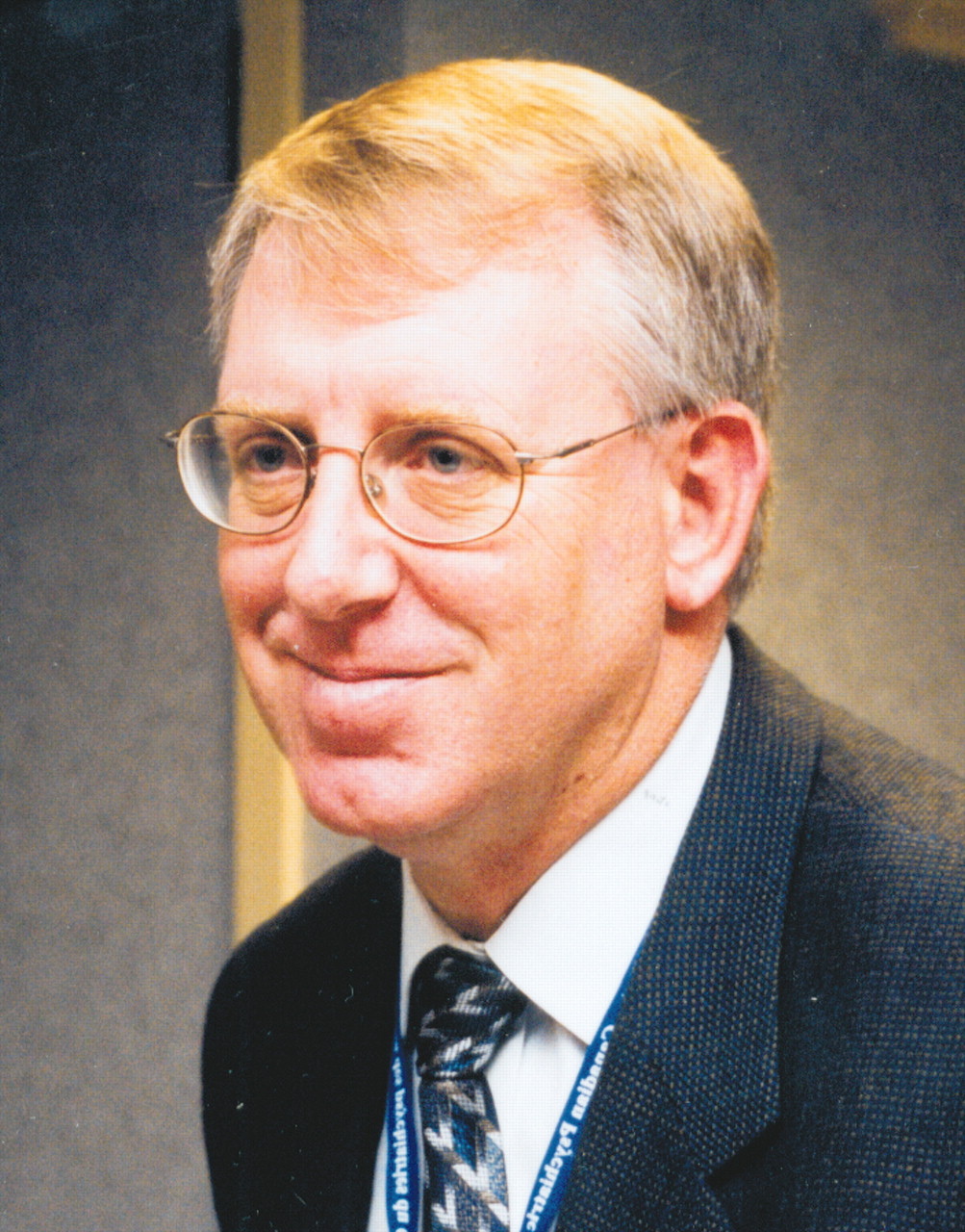PTSD Program Breaks New Ground in Canada
A Canadian who has posttraumatic stress disorder might be wise to head to Guelph, Ontario. Canada’s only inpatient treatment program for PTSD—the “Program for Traumatic Stress Recovery”—can be found there at Homewood Health Center.
The program, which is underwritten by Canada’s universal health insurance system, runs six weeks. It has been in existence for a decade and, to date, has treated some 3,000 PTSD patients, from child-abuse survivors and motor-accident victims to peacekeepers who have witnessed atrocities.
Further, as PTSD is being increasingly recognized by health care professionals in Canada, more and more Canadian PTSD patients are being referred to the program. In fact, PTSD patients from other countries are also welcome to participate in it.

David Wright, M.D.: “We try to create a therapeutic milieu; we talk about safety, safety, safety.”
Not surprisingly, medications constitute frontline therapy in the program. “Usually we use the SSRIs plus mood stabilizers, as well as atypical antipsychotics for agitation and paranoid ideation,” Wright told Psychiatric News. “Many of the patients who come to our program have already tried a lot of medications for their PTSD, so we try to optimize whatever medications they are on at the time of admission.”
Other kinds of treatments are offered as well, usually in a group format—for instance, cognitive-behavioral therapy, eye-movement desensitization and reprocessing (the goal of which is to access, neutralize, and resolve traumatic memories), art therapy for nightmares, and help for substance abuse (which affects some 40 percent of program participants).
“We used to think that if we treated patients’ trauma, their addictions would go away,” said Wright. “But that is unfortunately not the case.”
Safety Emphasized
Probably the most striking aspect of the program is that it helps patients learn how to feel safe, since most have had violence perpetuated against them by another person. Its safety concept is based upon the Sanctuary Model developed by Philadelphia psychiatrist Sandra Bloom, M.D., in the 1980s and 1990s. In fact, in the early 1990s, Bloom told Psychiatric News, “I consulted with Homewood Hospital and Dr. Wright about the program that they were just starting, to help them set it up along the same line as ours. As far as their program is concerned, I think it is very good.”
For instance, many patients in the program are afraid of going to sleep for fear that they will have nightmares about the traumas they have experienced. Yet their nighttime habits—say, smoking and drinking coffee in the middle of the night—may be making it all the harder for them to fall asleep. Wright and his coworkers try to alter such habits.
A number of patients do not allow themselves to feel emotions because they believe that emotions, especially anger, can endanger them. “We help them experience such emotions and acknowledge that they are acceptable,” said Wright.
Some patients fail to recognize that their fears of being hurt once again are unrealistic in present circumstances. Wright and his colleagues help them come to this realization. For instance, as one patient said, “OK, Doc, you’re right—my father is only 5 feet tall and weighs only 100 pounds at this point. So, yes, you’re right—he can no longer assault me.”
Patients who are sexual abuse survivors may dissociate as far as their bodies are concerned because it gives them a sense of protection. “So we have to work with them on the issue of physical safety,” Wright said.
Wright and his team have also been conducting research to assess the value of their program to various types of patients. For example, they are doing an outcomes study on a cohort of Canadian soldiers and Canadian veterans of peacekeeping missions who participated in the program.
“Some of our hoped-for areas of growth,” Wright concluded, “are developing more integrated treatments for PTSD and addiction and looking at ways to partner with First Nations [Canadian Indians, Eskimos, and other native Canadians] to deal with trauma in their communities.” ▪



